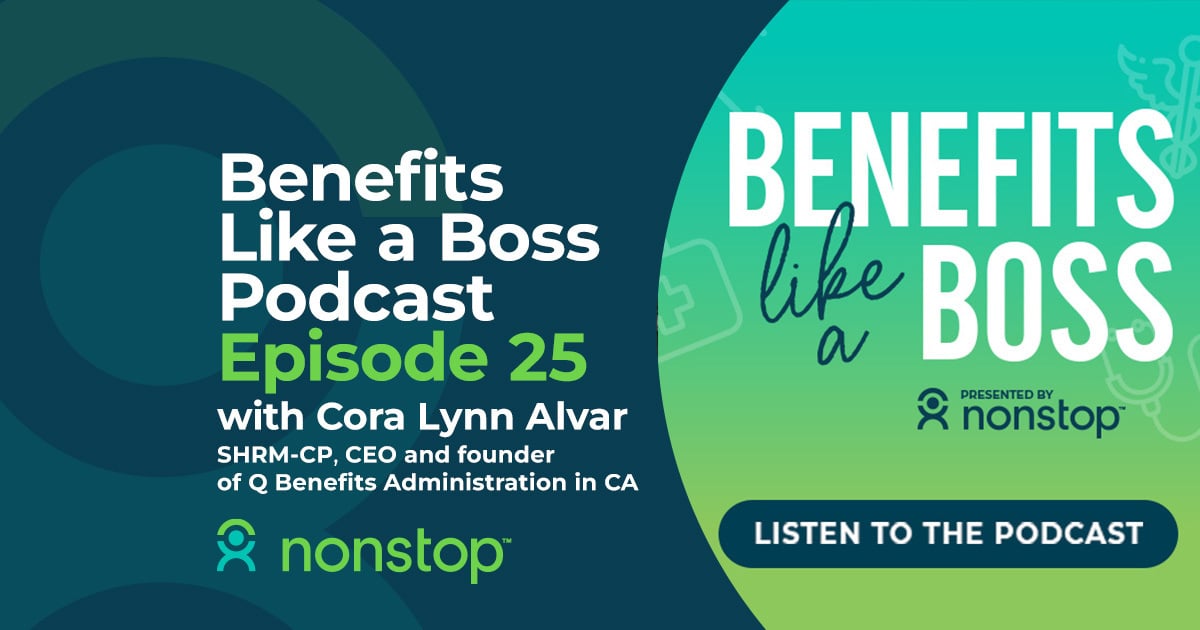Let’s be honest: if your benefits renewal feels like a last-minute scramble every year, you’re not alone. Nearly 3 in 4 employers expect healthcare costs to rise in 2025—and yet, many still default to the same expensive, ineffective plans without asking tough questions or exploring better options.
The good news? It doesn’t have to be this way.
With a little foresight and a smarter approach, you can flip the script—turning renewals from a reactive chore into a strategic advantage. These seven steps will help you plan ahead, engage the right people, and make decisions that actually serve your budget and your team.
1. Start with a Strategic Timeline
Think six months out—at least. Building a buffer gives you time to evaluate options, hold meaningful conversations, and roll out any changes with confidence. (Trust us, your future self will thank you.)
2. Build a Benefits Committee That Means Business
This isn’t a “check the box” task. Form a cross-functional team—HR, finance, DEI leaders, even a few employee voices—who can represent diverse needs and help guide big-picture thinking. Health benefits impact everyone; your committee should reflect that.
3. Ask Employees What They Actually Want
Don’t guess—ask. A simple survey can reveal what’s working (and what’s not). Use your committee to shape thoughtful, targeted questions, then use the results to guide your planning.
4. Challenge the Status Quo with Your Broker
You’re not limited to the usual suspects. If your broker or carrier is only showing you one kind of plan, ask about alternative funding models. The right partner will help you think outside the premium-increase box.
5. Align Internally
Now’s the time to bring it all together. Connect the dots between employee feedback, leadership goals, and financial realities. The best plan balances business strategy with employee experience.
6. Communicate Clearly and Confidently
Rolling out a new plan? Don’t bury it in an email. Host a company-wide meeting, create a forum for questions, and explain the “why” behind the change. Transparency builds trust—and prevents confusion.
7. Give Your People Time to Adapt
Even the best plan falls flat without support. Make space for onboarding, provide educational resources, and lean on your vendor for help. Empower your employees to use their benefits with confidence.
🎧 Want to go deeper?
In our latest podcast episode, we sit down with Cora Lynn Alvar, SHRM-CP, of Q Benefits Administration to explore what it really looks like to take a smart, proactive approach to renewals. From managing timelines to aligning stakeholders, she shares expert insights that can help any employer rethink their renewal strategy—without the chaos.
You’ll walk away with fresh ideas, a little inspiration, and maybe even your next big benefits move.

.png?width=1501&name=Nonstop_Logo-22-Horizontal%20(2).png)


